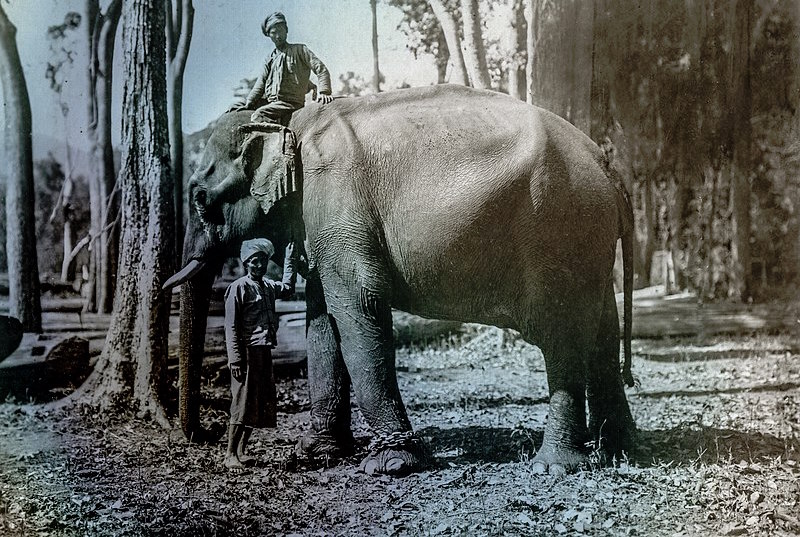Pachyderm enthusiasts, rejoice! Myanmar’s first-ever elephant museum — well, a wing of an existing museum — is opening its doors to the public next Wednesday.
The museum, part of the broader Yangon Zoological Garden’s Natural History Museum complex, will serve as an educational center, raising awareness about threats faced by Asiatic elephants, including habitat loss and poaching, and outlining ways visitors can help protect the animals.
Established in cooperation with WWF-Myanmar, the new elephant-focused wing will be operated by the Forest Department, the agency’s director-general, Dr. Nyi Nyi Kyaw, told reporters at a press conference yesterday.
It’s creation marks another step in raising awareness about the issues Asiatic elephants in Myanmar are facing, WWF-Myanmar communications chief Ye Min Thwin, told Coconuts Yangon in an interview.
“In the region, the Asiatic elephant is closely inching toward extinction. Around the world, in terms of preservation efforts, they are mostly directed at the African elephant because of the sheer trade volume of ivory,” he said.
“However if you look at it in terms of population, the number of Asiatic elephants is significantly lower than African elephants.”
Historically, elephants and humans have worked together in Myanmar, for transportation, construction, and agriculture, especially in the timber industry. They also feature prominently in dynastic and political imagery, representing the monarchy’s legitimacy and the proverbial “elephant in the room”, referring to the Myanmar military, or Tatmadaw.
In Asia, the biggest issue that 50,000 wild elephants across 13 nations face, has historically been habitat loss, as human settlements continue to expand into elephant territory, leading to direct confrontations between people and elephants.
According to the Myanmar Elephant Conservation Plan, there are about 2,000 wild elephants in Myanmar, that are facing increasing threats from ivory poachers and an increasing demand for elephant skin.
That disturbing new poaching practice first came to light in Myanmar in 2017, when a team of researchers from the Smithsonian Conservation Biology Institute began finding something horrifying: skinned elephant corpses.
“Within the past two years, there has been a spike of buying and selling elephant skins in the market. We have been working hard since 2017 to raise awareness on this issue, including the Voices for Momo campaign,” Min Thwin said.
Since 2010, the number of elephants killed has increased drastically. From 2010 to 2017, 133 wild elephant deaths were recorded, with 25 deaths in 2016 alone.
The immediate impact of an elephant-focused museum is hard to estimate, but Dr. Nyi Nyi Kyaw sees it as an important starting point for a national conversation on the subject.
“A Myanmar without elephants is unthinkable; we must work together to protect these noble giants,” she said at the press conference.





Reader Interactions